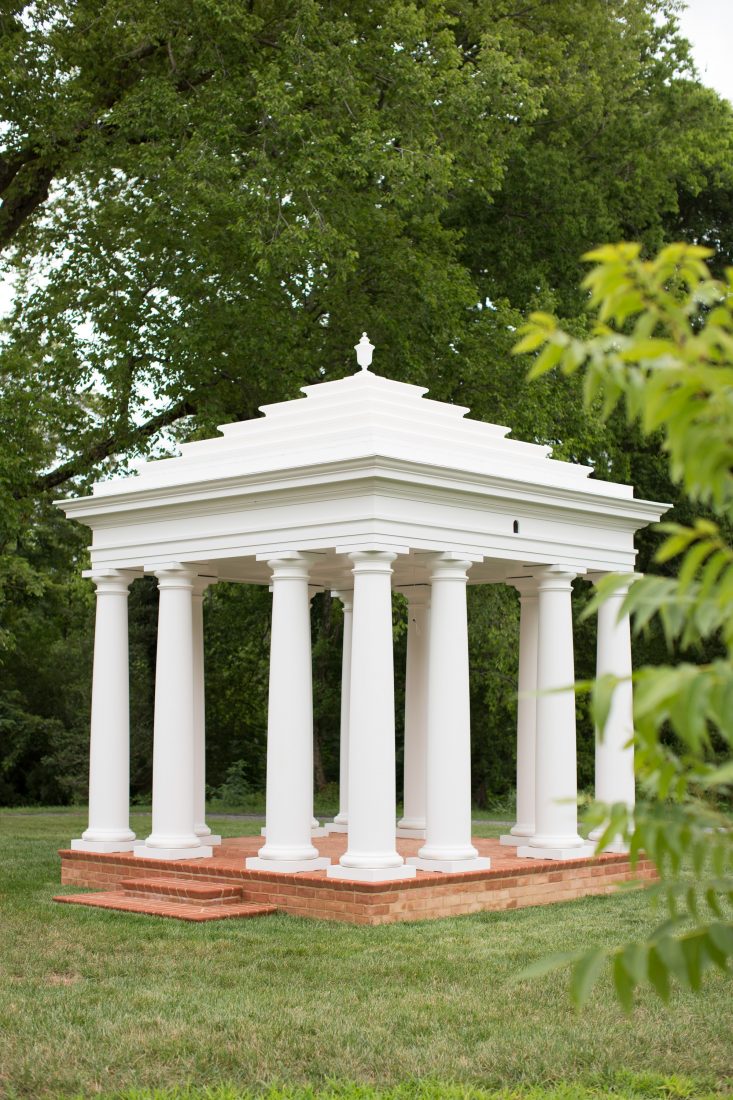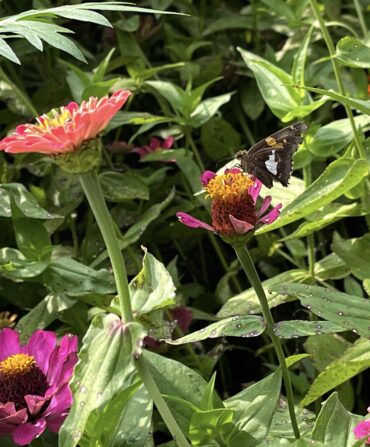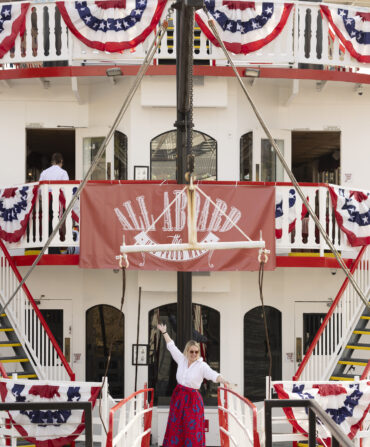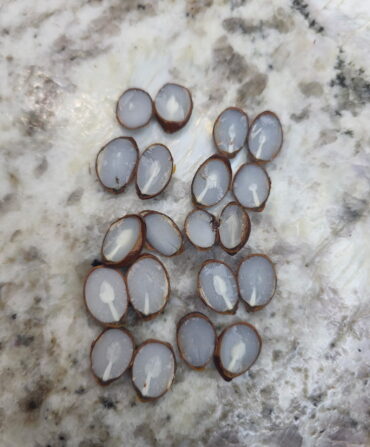In 1778, in the midst of the Revolutionary War and just before getting elected to a tumultuous term as governor of Virginia, Thomas Jefferson found time to draw up plans for a pigeon house. Meant for Monticello, which was then only partially built, the classically inspired structure, sometimes also called a dovecote, never made it off the page. Life in the fledgling republic quickly got a tad busier for the future president, and it took more than fifteen years before he would turn his attention back to the comforts—and infinite projects—of home.

Photo: Collections of the Massachusetts Historical Society
Grand Plan
Jefferson’s original drawing of the structure.
Now, 236 years after Jefferson made his ink drawing, the pigeon house has been built—not at Monticello but at Rose Hill, a late-eighteenth-century house on a ridge overlooking the Rappahannock Valley, just over a hundred miles away. Owned by an insurance executive and devoted preservationist, John Cay, the once grand house and gardens were in derelict shape when Cay and his wife, Billings, found the property eight years ago. As it happened, the team they assembled to rebuild the place included the landscape architect William Rieley, who has long been a student—to the point of near obsession—of Jefferson and his architecture.
When Cay, who himself had an interest in dovecotes as architectural elements or follies, asked Rieley what he thought of adding one to the grounds, the architect couldn’t believe his luck. Jefferson’s drawings, which are housed in the Massachusetts Historical Society, are easy to find online. As soon as Rieley told him about the pigeon house plan’s existence, Cay says, “I just had to do it.”

Photo: Patricia Lyons
For The Birds
A dovecote as imagined by Thomas Jefferson.
The plan initially piqued Rieley’s interest thanks to its “beautiful proportions and elegant simplicity,” but also its “manageable scale”—each side is only twelve and a half feet long. An open structure supported by twelve columns, it has a classical entablature and a dramatic stepped roof crowned by an urn. The finished product, says Rieley, is “a pigeon loft in temple form,” as well as a thoroughly Jeffersonian “blend of tradition and innovation.”
The frieze is punctuated at its midpoint by a hole through which pigeons can enter, which, Rieley says, reveals the utilitarian side of what appears to be a decorative element. Since Jefferson never got around to designing the actual nest boxes, Rieley added a handsome “little apartment house” beneath the roof. When the master builder Steven Chronister completed the structure last spring, the next order of slightly complicated business was installing the residents, thirty-six pairs of white pigeons. It’s not as simple as moving them in, Cay says. First, they must be “habituated.” To that end, an elaborate but temporary screened porch is built around the open space. For a few months, the pigeons go inside for food and water and outside—as far as the screen will allow—for air. By the time the porch enclosure comes down and they’re allowed to fly freely, they know the house is home.

In eighteenth-century England, young pigeon meat was prized, but Cay says he has no more intention of dining on his flock than he does on the Belted Galloway cattle that graze in his pastures. However, the gardener might be able to put the birds’ droppings to good use. Rieley found a period English text claiming that “One Load of it is worth ten Load of other Dung.” Better yet, it doesn’t smell. Jefferson, who directed much of his passion and competitive energy into Monticello’s gardens after he retired from public life, would most likely have appreciated the pigeons’ more earthy qualities.
In any case, he never forgot the distinctive features of the structure he designed for them. The final version of the house at Monticello has two privies at the outer corners of the dependencies flanking the house, and each is capped with the same square stepped roof. And the colonnades flanking Jefferson’s Pavilion X at the University of Virginia are configured with the same column spacing pattern as the temple/pigeon house conceived forty years earlier.








